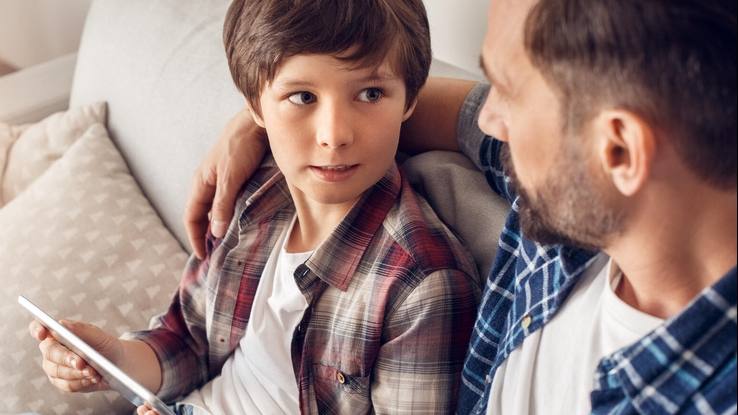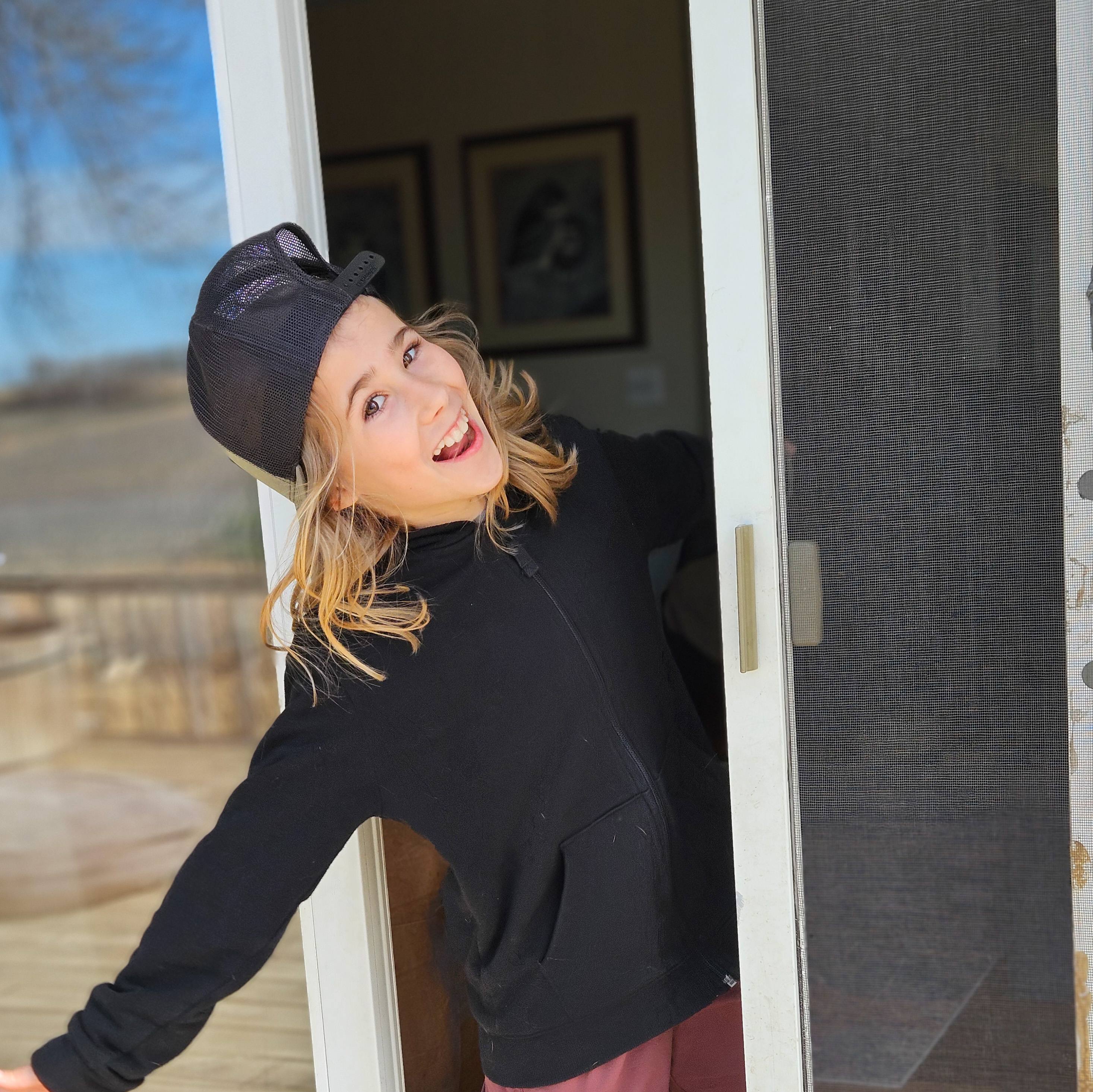
Children are always watching and learning behaviors from those around them, and parents are usually a child's first role model. But when it comes to discussing racism with children, parents and caregivers may wonder how to begin the conversation about race and bias, and what is age-appropriate to discuss with their children.
The American Academy of Pediatrics offers these three strategies for helping children understand and deal with racial bias:
- Talk to your children and acknowledge that racial differences and bias exist.
- Confront your own bias and model how you want your children to respond to others who may be different than them.
- Encourage your children to challenge racial stereotypes and racial bias by being kind and compassionate when interacting with people of all racial, ethnic, and cultural groups.
This edition of the Mayo Clinic Q&A podcast, which focuses on the importance of discussing racism with children, features an #AsktheMayoMom episode hosted by Dr. Angela Mattke, a pediatrician at Mayo Clinic Children's Center. Joining Dr. Mattke is Dr. Nusheen Ammeenuddin, chair of Diversity and Inclusion for Mayo Clinic Health System and chair of the American Academy of Pediatrics' Council on Communications and Media.
____________________________________________
For the safety of its patients, staff and visitors, Mayo Clinic has strict masking policies in place. Anyone shown without a mask was recorded prior to COVID-19 or recorded in an area not designated for patient care, where social distancing and other safety protocols were followed.
Related Articles







